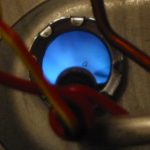
Air filters create resistance to airflow that can reduce a fan’s ability to move air by up to 50%. You can evaluate the filter’s impact on airflow by measuring the pressure drop over it. It takes less than a minute to do. It is often the diagnostic test that identifies the problem in nearly one …
Read more













